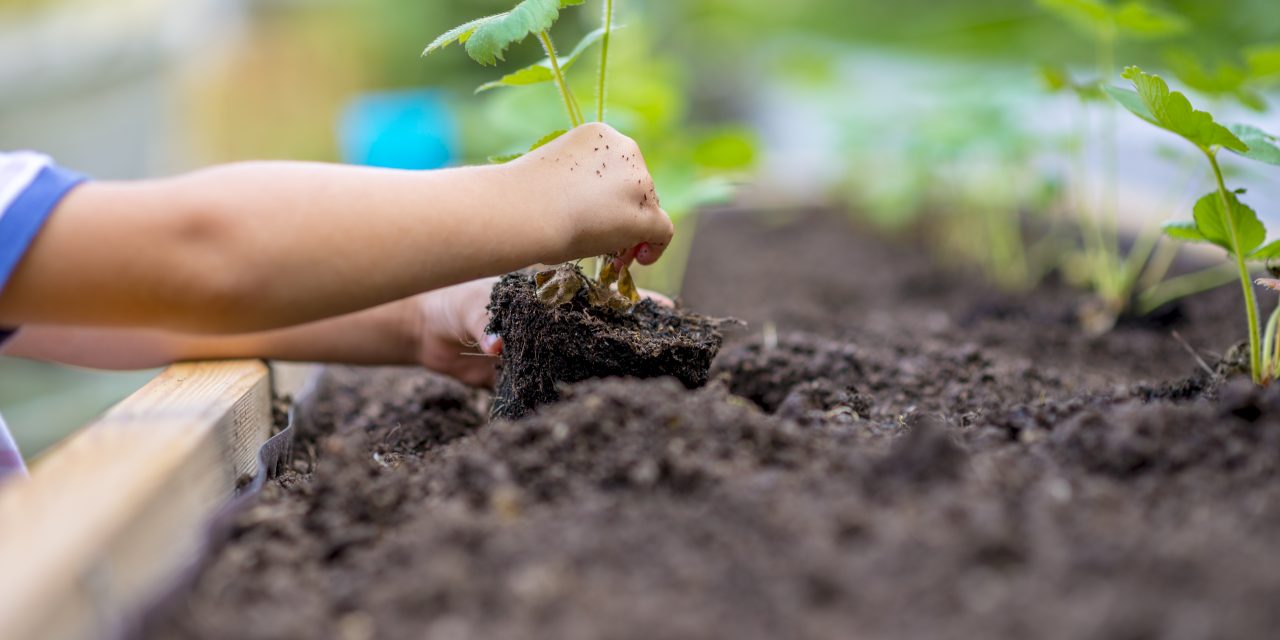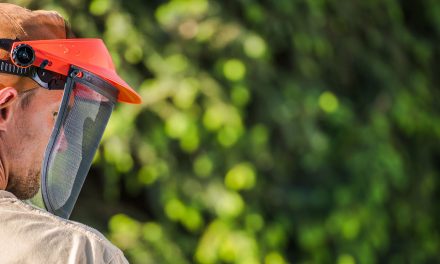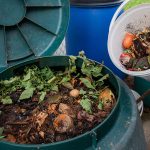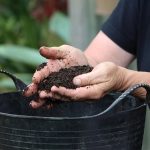Read on for some tips on how to use fertilisers
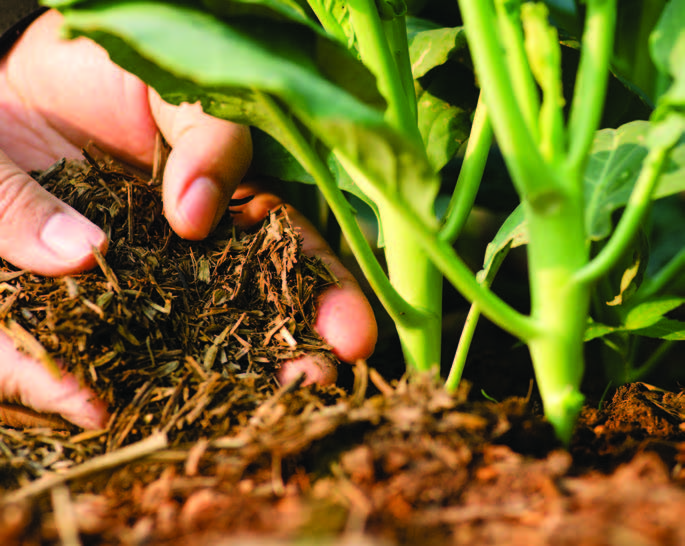
Fertiliser do’s and don’ts
- Apply strictly according to instructions and do not exceed the recommended dosage rate.
- Don’t try to apply one or two year’s supply of fertiliser at one time. It is far better to provide little and often; trying to achieve fast growth , exceeding the recommended dosage rates is a recipe for plant failure.
- Do water thoroughly after applying, especially in hot weather.
- Leaf burn will occur with careless applications of fertiliser on lawns.
- Don’t continually fertilise lawns with Wonder Ammonium Sulphate, as it encourages excessive top growth. It can also alter the soil pH level towards acid conditions (which is not favourable for lawns and grass species). It’s acceptable to apply the occasional feed with Wonder Ammonium Sulphate,providing there are follow-up applications of a complete lawn food like Wonder Vitaliser Lawn & Leaf Bio-Carbon Green Boost 7:1:3 (15) + C (8) SR.
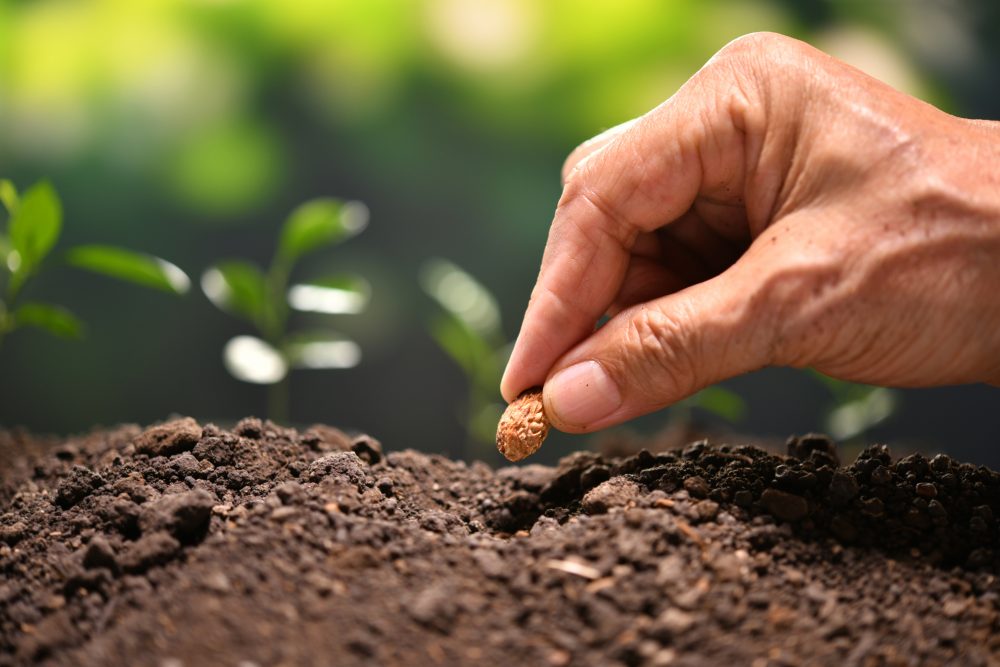
Application methods
- At planting Satisfy the need for phosphorus through the use of a Wonder Organic Bonemeal or Wonder Super Phosphate + C (8) Bio-Carbon Boost Granules. For an organic alternative, use Wonder Organic Granular Fertiliser Vita-Boost + C (8) as a starter solution.
- Broadcast This method covers large areas well using a hand-rotary or drop spreader, and is best for applying granular fertilisers to lawns or garden beds.
- Top dressing This technique, done by hand with a granular fertiliser, provides nutrients to individual plants such as shrubs and perennials. Simply apply the fertiliser around the base of the plant, extending to the drip line. For vegetables, place the fertiliser in a strip parallel to the planting row.
- Side dressing Dry fertiliser is applied as a side dressing after plants start growing. Scatter fertiliser on both sides of the row 15-20 cm from the plants. Using a trowel, rake it into the soil and water thoroughly.
- Banding is one way to satisfy the needs of many plants (especially tomatoes) for phosphorus as the first roots develop. When fertilisers are broadcast and worked into soil, much of the phosphorus is locked up by the soil and is not immediately available to the plant. By concentrating the phosphorus in the band, the plant is given what it needs even though much of the phosphorus stays locked up. Narrow bands of fertiliser are applied in furrows 5-8 cm from the garden seeds and 2.5-5 cm deeper than the seeds or plants. Careless placement of the fertiliser band too close to the seeds will burn the roots of the seedlings. For widely spaced plants, such as tomatoes, fertilisers can be placed in bands 15 cm long for each plant or in a drip zone around the plant. Place the bands 10 cm from the plant base.
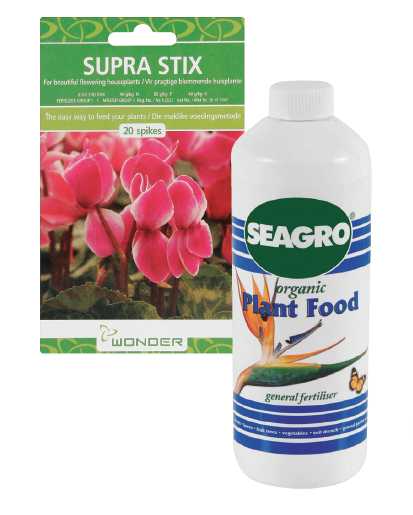
Foliar applications
Plant Foods, also known as foliar foods, are an additional form of plant nutrition essential to successful plant growth. Whereas granular fertilisers focus on the macronutrients (N, P and K), plant and foliar foods commonly contain a selection or blend of the micronutrients.
As different elements perform different growth functions, and each plant has unique nutritional requirements, the selection and range of plant foods is vast. General applications like Wondersol All Purpose benefit all plants, whereas specialised formulations like Wonder Colourboost Rose target a particular plant type. Most plant foods are diluted with water prior to application and there are two formulation options: granular or powder formulations, and liquid plant foods. Both require pre-measuring.
Efekto’s recommendations:
- Wonder Shake ‘N Grow Special Fertiliser is a slow-release fertiliser that promotes leaf and flower growth of all plants.
- Wondersol All Purpose is for general application.
- If you love seeing results, the Wonder plant food range offers extensive plant foods, from the organic Seagro to Wonder Colourburst Rose for flowering plants.
Plant food dos and don’ts
As with granular fertilisers, the correct application of the product is key to successful results:
- Adhere to the specified dilution rates – these have been scientifically calculated for best root uptake. Doubling the quantity of nutrition used does not double the impact or the results.
- Use the measuring spoon or metre reading contained on each product.
- Application frequency should be in accordance with the recommendations.

Application methods
- Foliar feeding refers to the application of the nutrient solution directly onto plant leaves or foliage. Spray with a fine spray nozzle from a distance of about 30 cm from the plant foliage until it reaches ‘run off’ (starts running off the leaf surface). Only mix as much solution as is needed. Excess solution can be sprayed onto outdoor plants.
- Drench application refers to the diluted solution being applied directly to soil. Typically the food is measured in a 5 litre watering can. For smaller volumes, use a mixing jug. Ensure the solution is well mixed – granular or powder formulations should be agitated until no residue is visible, and apply as per the instructions. Preference] should be given to watering cans with rose nozzles as these allow for a less intense water flow – especially important with young seedlings and small, sensitive plants.
Top Tip: Foliar applications are the most immediate form of nutrients and are ideal for younger plants, treating diseased plants or plants with a nutrient deficiency.
Credits
Referenced from Efekto , Green Fingers : Your gardening and product guide from Efekto

